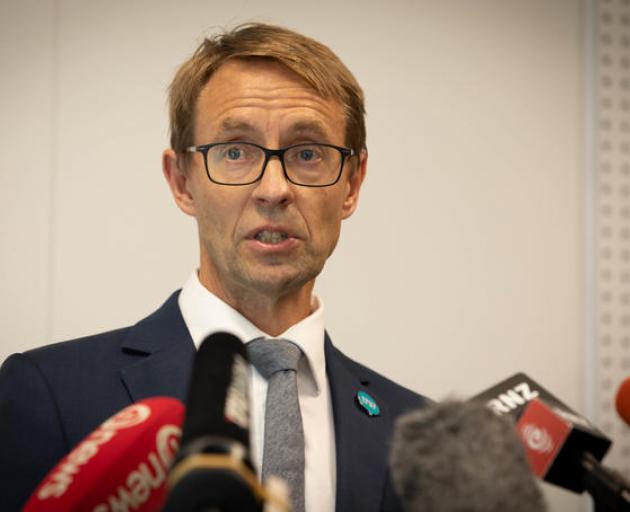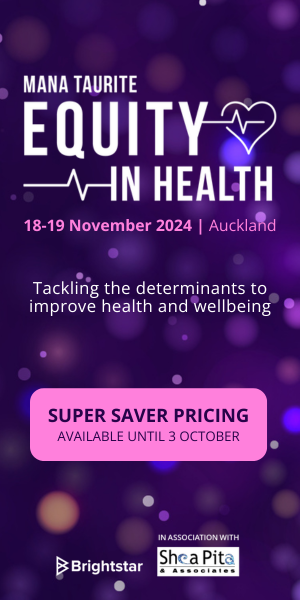
As Omicron hits Aotearoa, there will be no easy answers to maintaining a nursing workforce in the face of waves of illness, according to expert Tava Olsen.
And isolation could get less isolated as the new strain sweeps the country.
Olsen, professor at the Auckland University business school, said staffing would be the “key challenge” for organisation and supply chains in health.
“There will likely be a large number of people either with Omicron or needing to isolate because of exposure events.”
Other countries had decreased isolation requirements, “not because it was particularly safe, but because the sheer volume of people meant that it wasn’t really practical to have so many people off work”, Olsen said.
Olsen said maintaining staff numbers was even more challenging in the health system “as one doesn’t want nurses infecting patients, and yet not having sufficient nurses working is also a health risk”.
“Hopefully DHBs are already starting their thinking around this, making contingency plans, and ideally doing a bit of stockpiling of critical supplies in case supply chains gum up like they have offshore.”
‘One doesn’t want nurses infecting patients, and yet not having sufficient nurses working is also a health risk.’
On January 26, Associate Health Minister Ayesha Verrall unveiled a three-phase plan that placed maintaining staff numbers at the core of its Omicron approach.
Phase one would continue the plan used for the Delta variant, including contact tracing, isolation and widespread testing for all symptomatic people. “At this stage you will be asked to isolate for 14 days if you are a case, and 10 days if you are a contact.”
In phase two, the Government would introduce rapid antigen testing (RATs) for the likes of nurses who were asymptomatic contacts: a negative test would allow them to return to work.
The isolation period for cases would drop to 10 days and for contacts would drop to seven days.

Rapid testing for nurses who were asymptomatic contacts would continue in phase three, as community cases hit the thousands. Clinical care would focus on people with high needs, and people would be supported to isolate and self-manage at home through telephone and digital health support.
The definition of a contact would tighten to those in the household of a case; the 10-and-seven day isolation periods would continue.
In January, Director General of Health Ashley Bloomfield bolstered the Government’s rapid testing resources, by putting the Government at the head of the queue for test kits.
The likes of supermarket chains were told by manufacturers the Government would receive their test kits instead.
Whatever happened next, Olsen said the way forward through community transmission of Omicron would be complicated.
“It will be interesting to see what our Government does in this regard, as there are no easy answers.”



